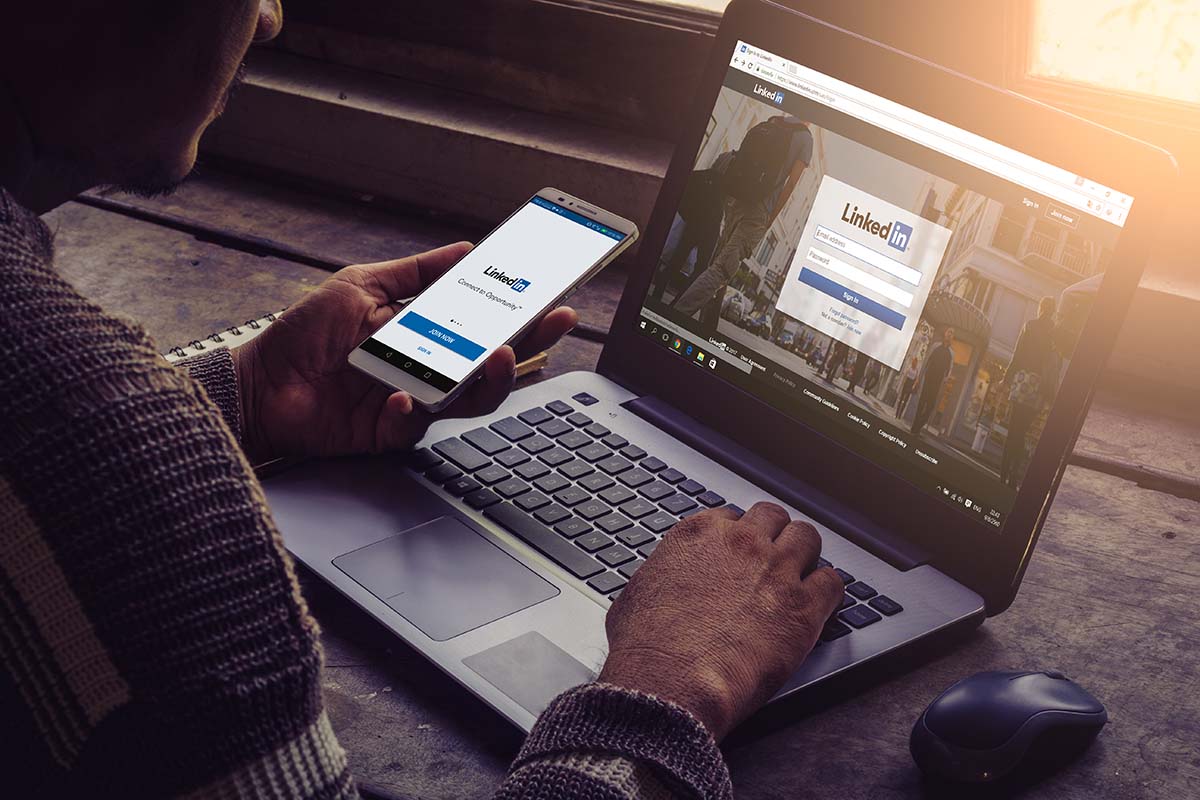
LinkedIn, the professional social networking platform, has changed over the years since it was first launched in 2003.
Back then, was used as a digital resume or an online job application tool (more like Seek). It was essentially a
professional networking site, where job seekers could find work, and recruiters could find potential employees.
These days, LinkedIn is so much more than that. It’s now used as a tool to build a personal brand, share expertise, and
connect with like-minded people. Today, LinkedIn is used by over 2.4 million professionals in New Zealand and is the
go-to platform for networking and building professional relationships.
One of the features we at MasterJack love most about LinkedIn is the ability to publish our own content, which was
only introduced in 2014 – and initially only available to a selected group of “LinkedIn influencers”, including the likes of
Richard Branson, Bill Gates, and Arianna Huffington. It was later expanded to everyone, and since then, it’s become
about sharing thoughts, ideas, and knowledge. Imagine what your newsfeed looked like before 2014… if there was
one?
So now that we can do all this cool stuff, how should LinkedIn be used?
Firstly (and obviously), a complete professional profile. This looks like a profile picture, cover photo, catchy headline,
and summary that explains your skills and experience. You want to ensure that you’ve updated your work experience
and included relevant keywords that will make it easier for potential recruiters, employers, or like-minded people to
find you.
Secondly, share your knowledge and expertise by publishing articles and posts. This will help you establish yourself as
a thought leader in your industry. Some might ask, ‘Why would I want to be a thought leader?’ and it’s a good
question. Proprietary content (content you wrote yourself) builds your reputation within the platform. This can then
be leveraged to generate and nurture relationships and leads. By turning your audience into advocates, it will bring
forth more opportunities.
And lastly, use LinkedIn to build your professional network. Connect with others in your line of work or collaborative
industries, but make sure you’re only connecting with those whom you’ll actually interact with. LinkedIn’s algorithm
knows whom you don’t talk with, so it won’t bother sharing your content with them. So, more connections don’t
necessarily mean more engagement or exposure.
Now while LinkedIn can be a powerful tool, there’s no denying that the platform can also be seen as a show pony
arena – in other words, the boasting hub (like every other social media platform, right?) It’s common to see posts or
articles that focus more on self-promotion than providing value to the reader. Seeing others constantly bragging
about their successors can be a turn-off for people looking for genuine connections and valuable “food for thought”.
Not all self-promotion is bad because promoting yourself and your accomplishments is an important part of building
your personal brand on LinkedIn. The key is to strike a balance between self-promotion and providing value to your
audience.
Overall
Focus on creating content that is informative and useful for your network. So instead of just talking about your
achievements, share your knowledge on a particular topic – be the go-to person for that topic! Instead of selling
yourself, take the time to build genuine relationships (sometimes this can take you further than you think).
So, in summation, LinkedIn has evolved greatly. Not only operationally, but the purpose for which people use it has
changed. So why not put its greatness to use? Update your profile, write out your thoughts and provide value to your
connections. Sounds obvious, but often time and willingness to get it done can get in the way. If you have any
questions on how you can maximise your profile, please ask 🙂
